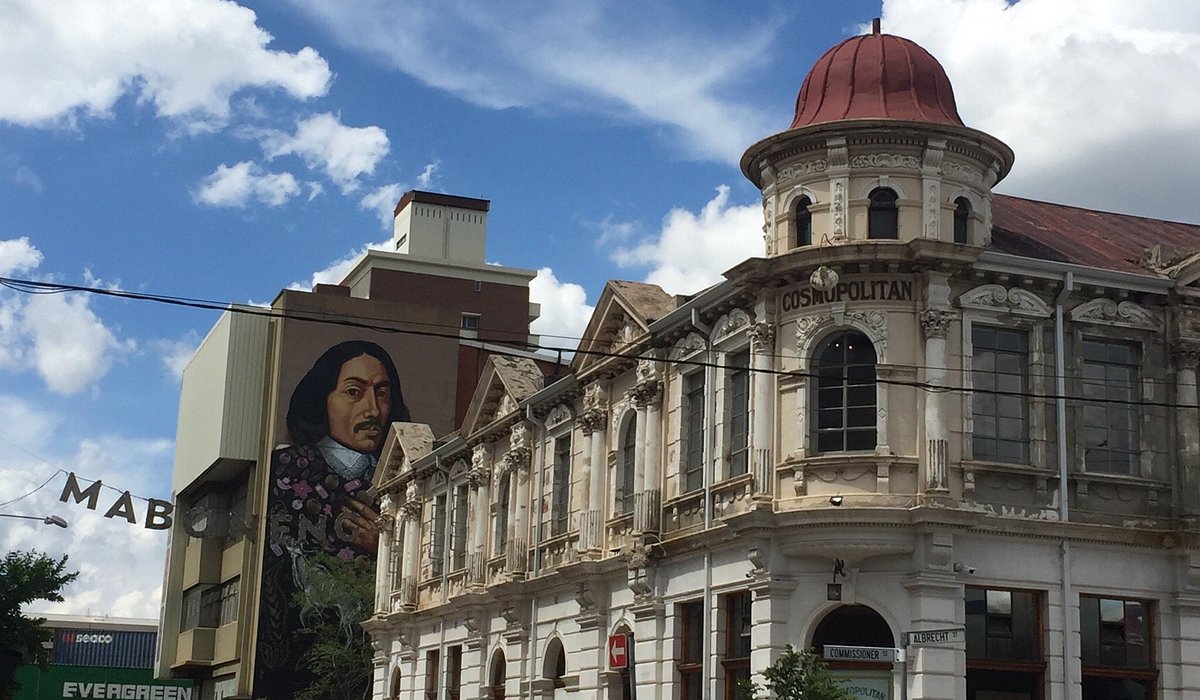Some Known Incorrect Statements About Johannesburg North Attractions
Some Known Incorrect Statements About Johannesburg North Attractions
Blog Article
An Unbiased View of Johannesburg North Attractions
Table of ContentsOur Johannesburg North Attractions DiariesThe Single Strategy To Use For Johannesburg North AttractionsThe Main Principles Of Johannesburg North Attractions Facts About Johannesburg North Attractions UncoveredJohannesburg North Attractions Things To Know Before You Get This8 Easy Facts About Johannesburg North Attractions Explained
The city owes its place to the existence of a much more precious source: gold. The city expanded on the edge of the Witwatersrand Main Reef, a below ground stratum of gold-bearing quartz-silica corporation that arcs for hundreds of miles beneath the Highveld. A lot of the gold mines in the city discontinued operation in the 1970s, but in its day the Witwatersrand gold industry made up greater than 40 percent of the world's yearly gold production.Johannesburg has a pleasant environment. Summer season temperatures average about 75 F (24 C); wintertime temperatures average about 55 F (13 C) and only occasionally dip listed below cold. The city delights in regarding 8 hours of sunlight daily in both winter season and summer. Rain averages concerning 28 inches (700 millimetres) per annum, however the total differs considerably from year to year.
What rainfall the city obtains falls nearly exclusively in the summer season months, frequently in spectacular late-afternoon electric storms., where many locals still rely on coal for fuel.

Getting My Johannesburg North Attractions To Work
The balance of the city is occupied by whites. Lodging differs in personality and quality.
Physical development, although rather restricted by transport, continued swiftly as migration to South Africa, and Johannesburg in particular, boosted drastically.
The majority of poor suburbs were mixed, with poor blacks and whites living together, although the well-off suburban areas were normally scheduled for whites. This changed with the political election of the National Event in the 1948 elections, who started to formalise the system referred to as apartheid. Racism officially designated which suburbs each race can stay in under the Group Areas Act.
The previous system of eleven numbered regions was reorganised in 2006. Marshalltown, as seen from the top of the Carlton Centre. The M1 and M2 run behind the structures, and the southern residential areas prolong past the highway border. The inner city of Johannesburg is located within the city's Region F. The approximated populace of the region is 200,000, [] yet the variety of individuals residing in the central city on an informal you could try this out basis is unidentified, as many are unlawful immigrants. Many higher-income citizens and white people have actually transferred to the north suburban areas and have been changed by lower-income black people. The unemployment, education, and age accounts of the location are all unknown, due to the problem of getting trusted information regarding the location.
Our Johannesburg North Attractions Statements
Centred on the CBD, the area includes the suburbs of Yeoville, Bellevue, Troyeville, Jeppestown, and Berea to the east. To the west it infects Pageview (Johannesburg North attractions) and Fordsburg. There are tiny commercial areas to the south, such as City West-Denver and Benrose. Around 800,000 travelers go through the central city everyday, and it operates as a regional buying node for visitors from the southerly residential areas. Yeoville and Bellevue have a mix of apartment and single domestic units on tiny whole lots. The region lies on a hilly divide that ranges from east to west. The most useful link conspicuous geographic attribute is Observatory Ridge, which is called for the large observatory located on it. The leisure rooms are no much longer used, due to security issues.

The Greatest Guide To Johannesburg North Attractions
R. Tambo International Airport Terminal). The eastern residential areas are a few of the oldest locations of Johannesburg, there are huge neighborhoods of Jewish and other European histories, the majority of the population is English talking. There are three golf courses along with a number of protected ridges with viewsites. There are numerous well-developed and up-market entertainment and purchasing areas in the eastern such as the Eastgate Mall and the Greenstone mall.
Originally developed to house male migrant employees, several have been boosted this as dwellings for couples and households. The residential area was not historically allowed to create work centres within the area, so almost all of its locals are commuters to various other parts of the city.
Johannesburg North Attractions Things To Know Before You Buy
The N1 Western Bypass attaches the north residential areas with the north-western suburban areas. The household locations in the north suburbs are mainly official, without considerable areas of casual real estate, or housing that lacks an irreversible framework. This is a well-known location, there is a fad of land usage modification from property to commercial, specifically along primary arterial roads and around well-known nodes.
The area is well attached to road networks, particularly along the north-south axis formed by the M1 and N1. Roads to the east and west are much less well developed, as there are no highways taking a trip in that instructions. In the direction of the northern border of the city, the thickness of development reduces, leaving big locations of undeveloped land around Midrand.
Some Known Questions About Johannesburg North Attractions.
, which is situated on a hill neglecting the inner city and Hillbrow.
Report this page